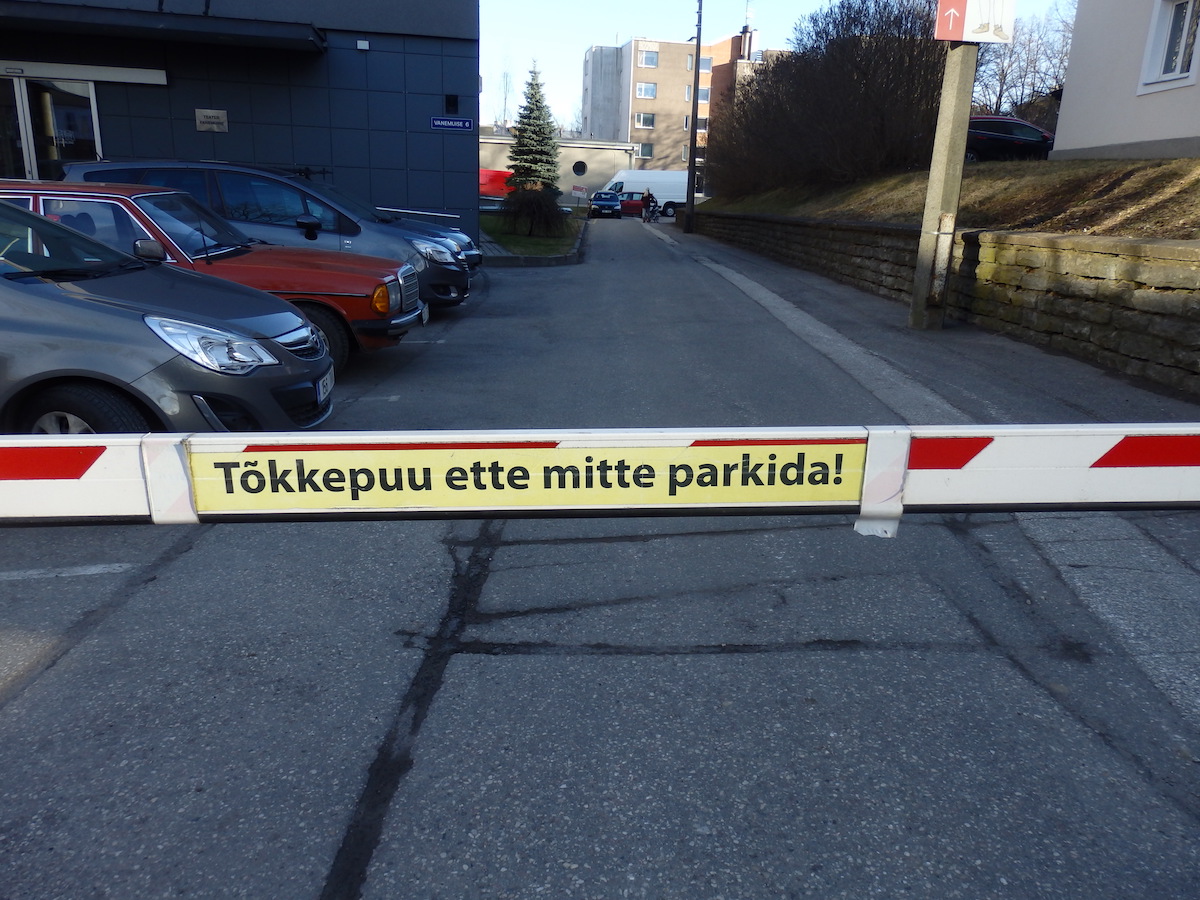Another kind of puu is a kaigas; a short, thick stick used as a weapon – a cudgel or bludgeon. A police officer's club, baton or truncheon (British) is a nui, a staff is a sau.
But back to the tõke at hand. Any kind of barrier is a tõke, which has the effect of tõkestamine (obstructing, blocking). In construction, niiskus/tõke is a moisture or vapour barrier. The track event of hurdles is tõkke/jooks or “obstacle run”, whereas a steeplechase (horse or human) is takistus/jooks and an obstacle course is a takistus/rada. Takistus and tõke are sünonüümid, as are the verbs takistamine and tõkestamine.
Single versus double k-s in the case of tõke (singular), tõkked (plural) – just like lõke, lõkked (campfire(s)) – can be a hard to distinguish, if you're not living in an Estonian language environment. Just remember, the singular has only 1 k! Say it aloud, so you can hear the difference in distinguishing lengths: See on lõke. Ma süütan (mille?) lõkke. See on tõke; ma ületan tõkke.
And to raise the tõkkepuu, you will probably need a PULT (remote control), from the longer juhtimis/pult. Not to be confused with the other, old sense of pult (kõne-, lugemis/pult – lectern) or kantsel (pulpit). Your tv, stereo, other electronic devices and garage door are all operated via a pult. Which is also a kind of little stick or variant of puu… Most like a kepp (stick, baton). If you're running a relay race (teate/jooks), that would be a teate/kepp, a “message stick”. I'll stop now.
Riina Kindlam, Tallinn




